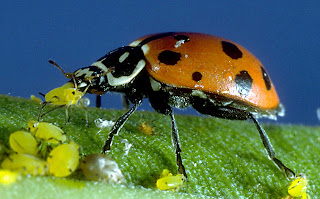 |
| Clematis Climbing a Wood Fence. |
Flowers are a highly coveted feature for vines, as they are for most garden plants. Climbers bloom anywhere from late spring to early autumn and in a wide range of colors. Most are fairly vigorous growers, so they are not for the faint of heart. Give them their preferred conditions, adequate support, and some guidance, however, and they will enliven the otherwise drab nooks and crannies that most plants cannot reach.
Provide Good Placement
Once you have chosen a structure, you need to be sure that your vine starts off with a good orientation to it. Plant the vine 12 to 18 inches from the base of the structure. Tender climbers can be on the closer side, while hardy vines should be farther away to allow space for their robust woody stems and bases to mature.
Encourage a Sturdy Framework
Plan to establish a strong framework of three to five main stems, depending on the size and shape of the structure. The framework can be arranged to cover the support vertically, horizontally, and every direction in between... whichever way works best for your situation. Some vines, like clematis, will find their way up a structure on their own, using tendrils or other self-fastening plant parts-- you will only need to aim them in the right direction! Others, like roses, require more help and need to be periodically trained and tied to their structure.
Feed Plants Regularly
Most vines appreciate an annual feeding of compost and dose of fertilizer. They like fairly consistent moisture and should be given regular supplemental water during periods of heat and drought. Putting down a 2- inch layer of mulch at the plant's base will help to maintain moisture. Any pruning that needs to be done should take place according to when the vine flowers. In general, vines that flower once, and early, bloom on old wood and should be cut back just after flowering. Those that flower late, or throughout the season, bloom on new growth and can be pruned in late winter or early spring.





